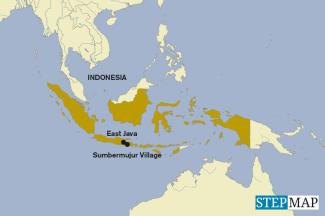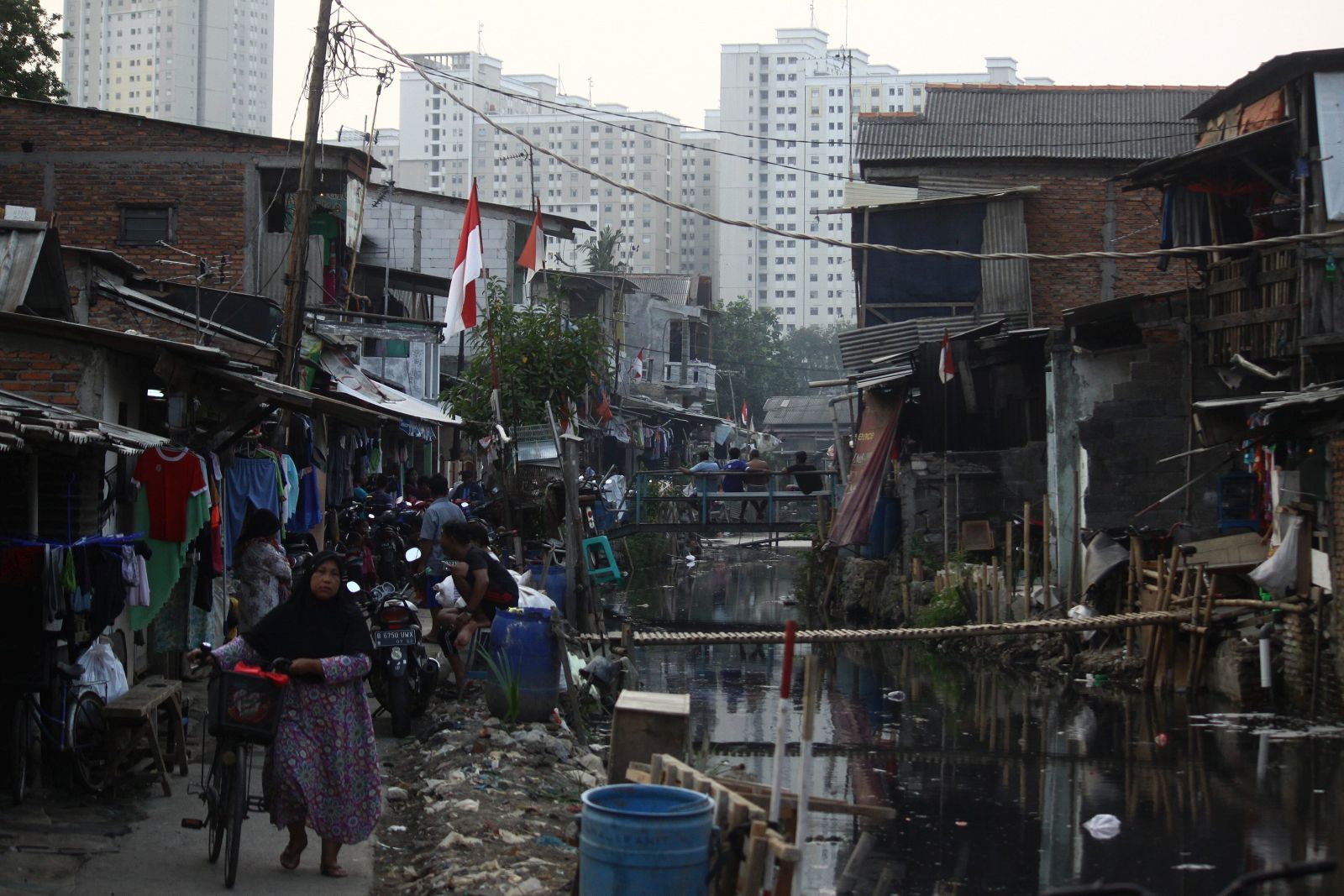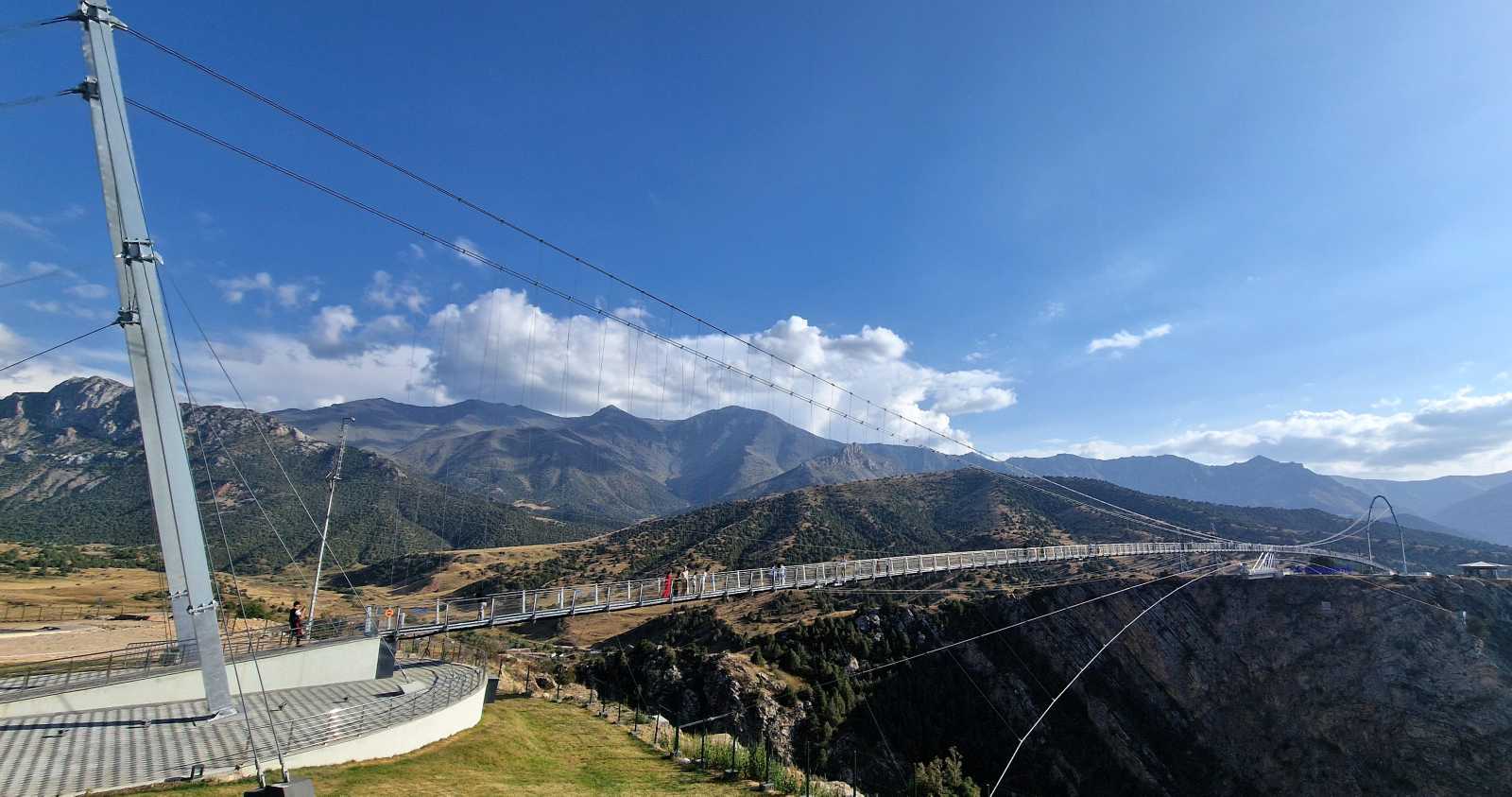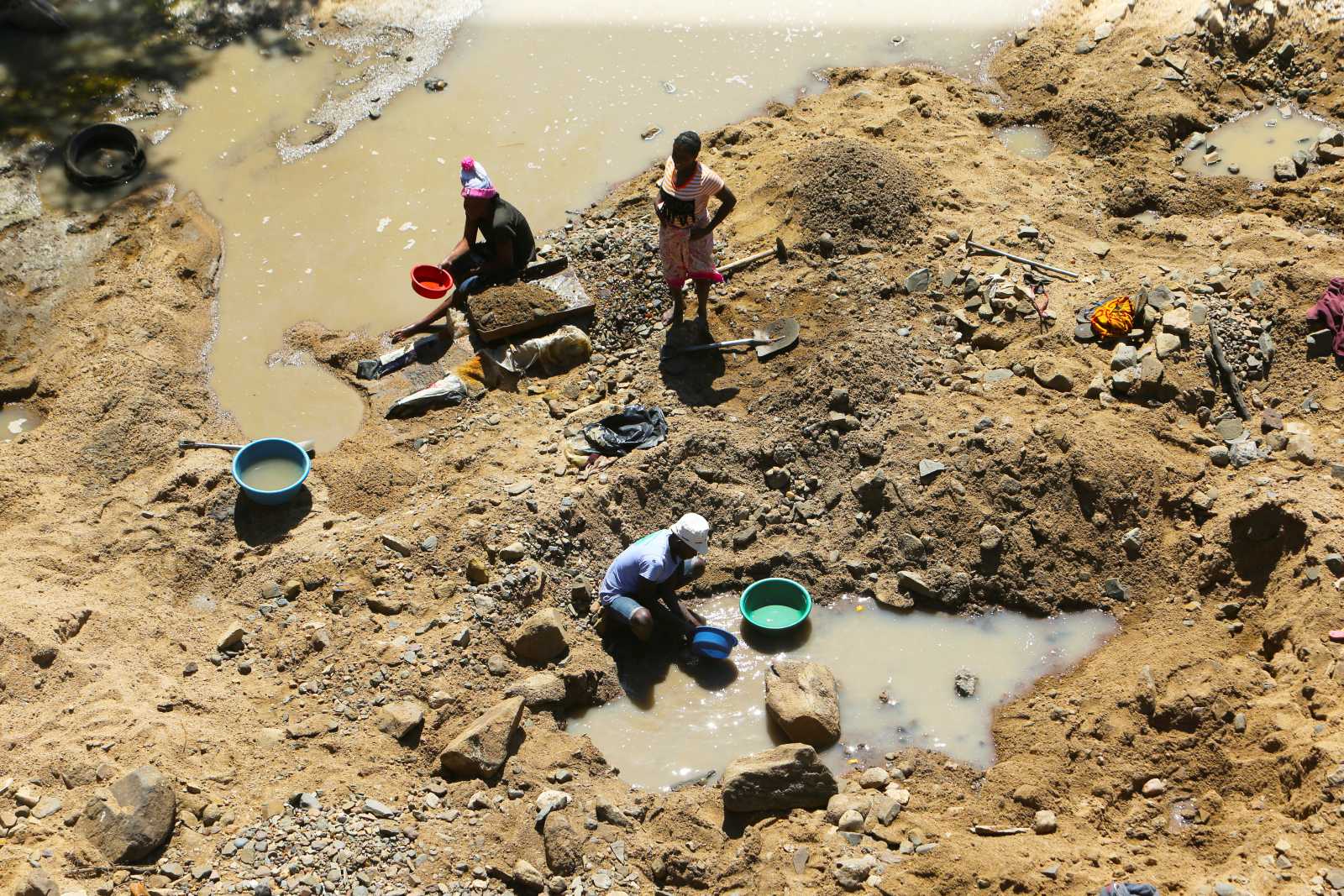Water
Bamboo forest means water

Ever since 2005, the local villagers of Sumbermujur village in East Java have been systematically taking care of 14 hectares of bamboo forest. This forest is dense, and the plants grow up to a height of 10 to 20 metres. The plants surround a water source and cause it to never run dry. The water flow rate reaches 600 litres per second in the dry season between April and October. In the rainy season, between November to March, it increases to up to 800 litres per second.
The source provides safe drinking water to 7,000 villagers. It also facilitates the irrigation of 436 hectares of rice fields. In the dry season, some of the water is channelled to three other villages, which would otherwise suffer drought.
The village actually inherited the forest from previous generations. But between 1980 to 2000s, the forest kept shrinking because people were cutting too much bamboo for housing and crafts purposes. As the forest became smaller, water became scarcer. Suharsih, a farm woman, remembers that villagers needed more water: “We had to drill our own wells.”
Realising how precious clean water is, the villagers started to plant bamboo on the previously deforested land. Water supply improved fast. In the past two years, the water resources once again have become as abundant as they were in the past. “It is now sufficient for our agriculture,” says Suharsih, who owns one hectare of land.
To protect the forest, the local government prohibits bamboo cutting for commercial purposes. Private companies were interested in starting a bottled-water business, but they did not get permissions.
According to data from Indonesia’s National Disaster Management Agency (BNPB), the 2018 dry season caused more than 4,000 villages to experience drought, crop failure and a lack of clean water. Almost 4.9 million people were affected. Water poverty results from many problems that range from deforestation to global warming.
Purnawan Dwikora Negara, who belongs to the non-governmental Indonesian Forum for the Environment (Walhi), explains that “bamboo is the right choice to conserve water sources”. The reason is that the plants absorb water and store it in their hollow spaces. “They release water in the dry season,” Purnawan says.
The diversity of bamboo plants is quite high. In Indonesia alone, there are 135 species. Some 1,250 bamboo species are found internationally. Community-owned forests are valuable, but increasingly under threat. Part of the problem is that there is no tradition of taking care of them. Doing so was not necessary in the past. In view of population growth and increasing resource demand, however, the forests can no longer be taken for granted. They need sustainable management.
Purnawan, the environmentalists, says: “The efforts of Sumbermujur Village to protect bamboo forests deserve to be replicated.” Other villages would benefit from similar approaches.
Ika Ningtyas is a freelance journalist based in Java, Indonesia.
ika_bwi@yahoo.com








